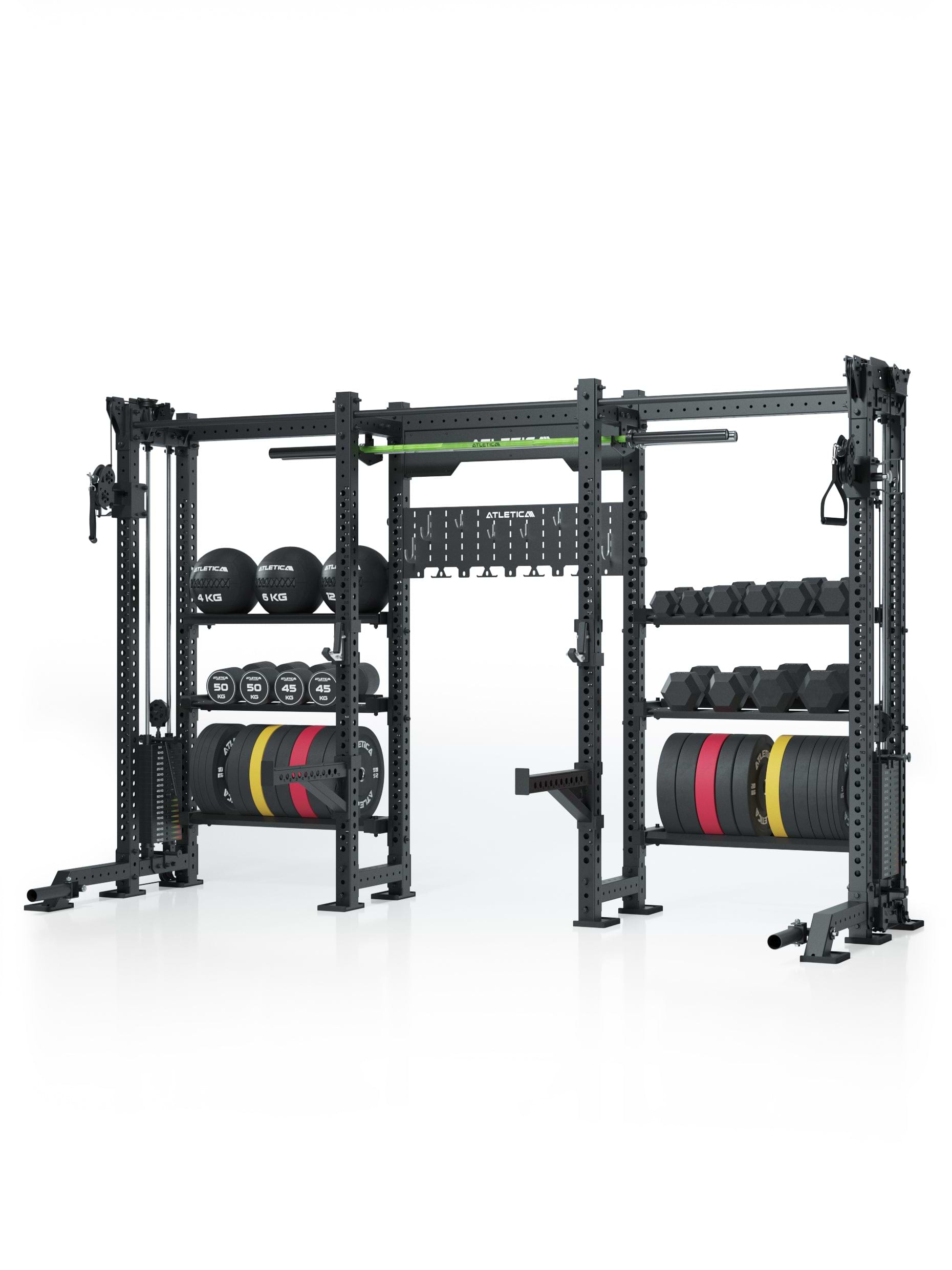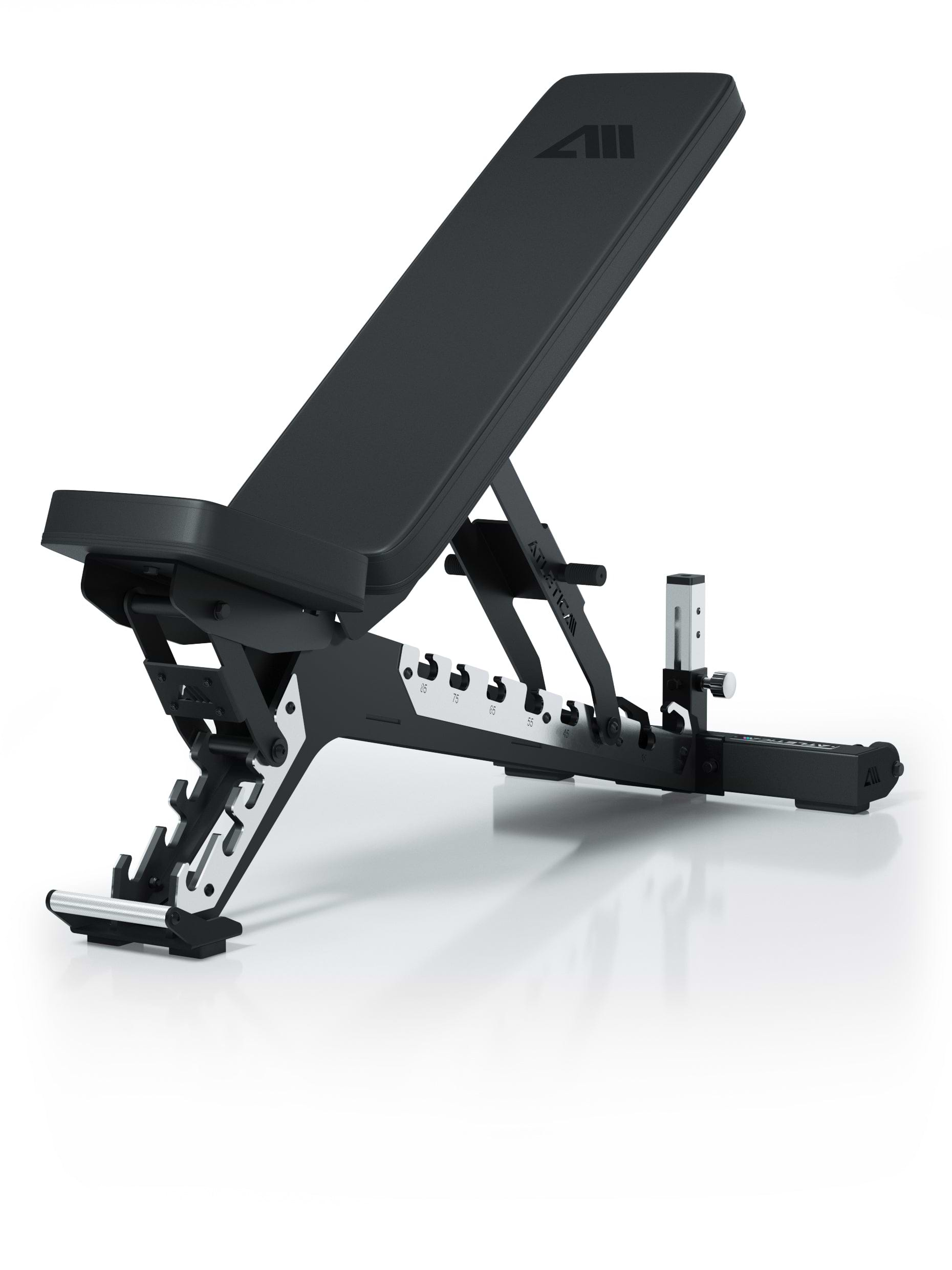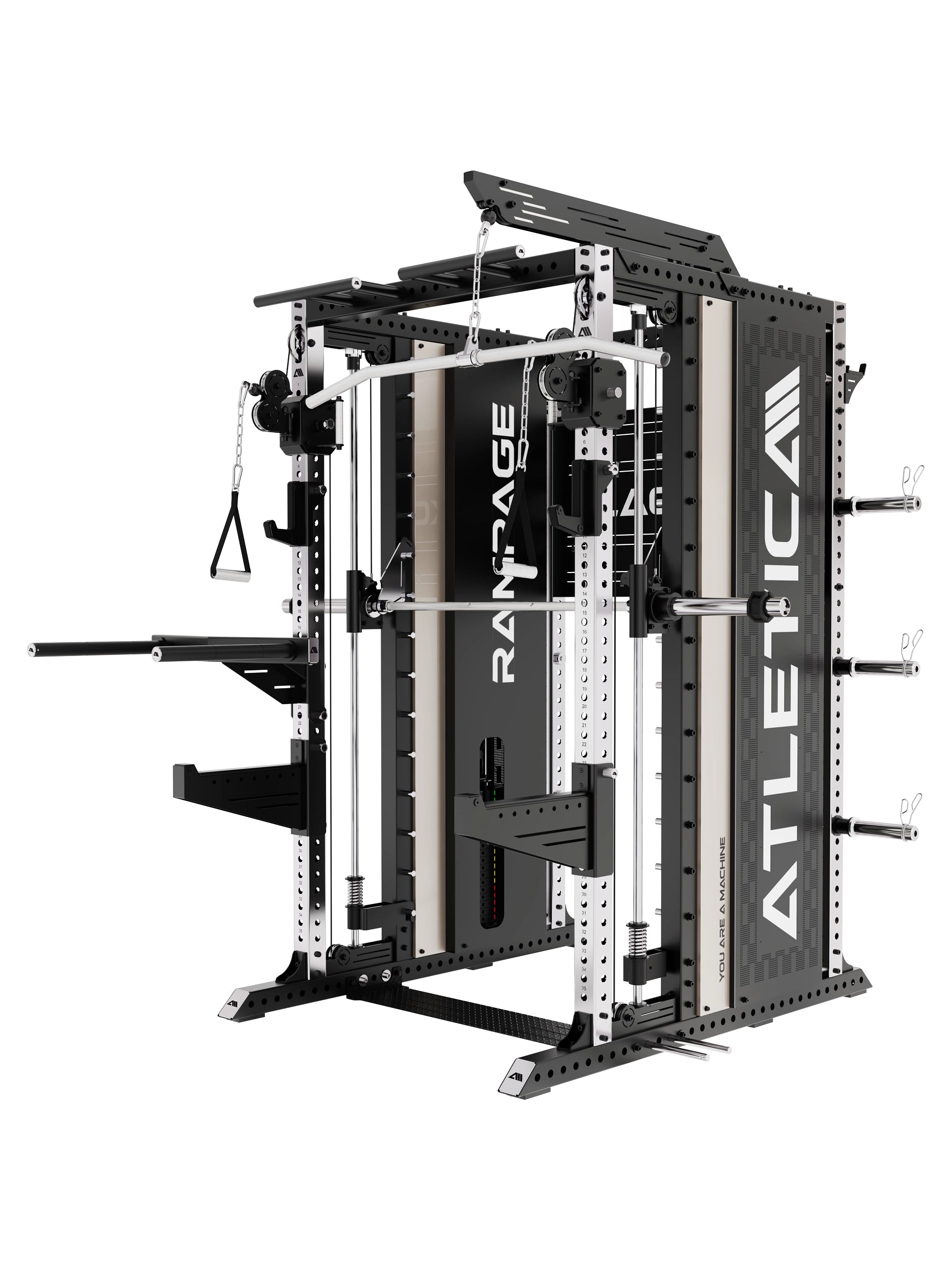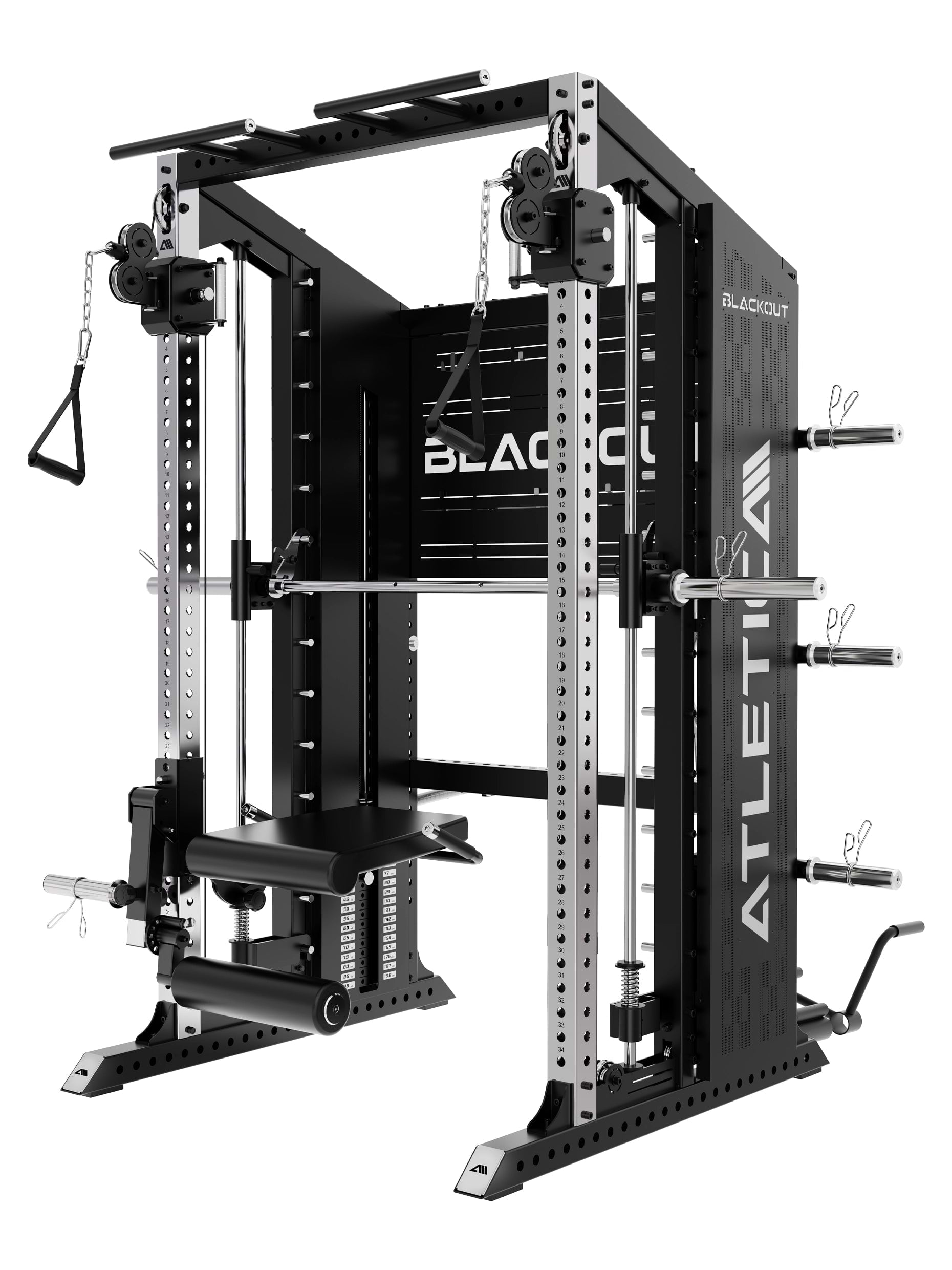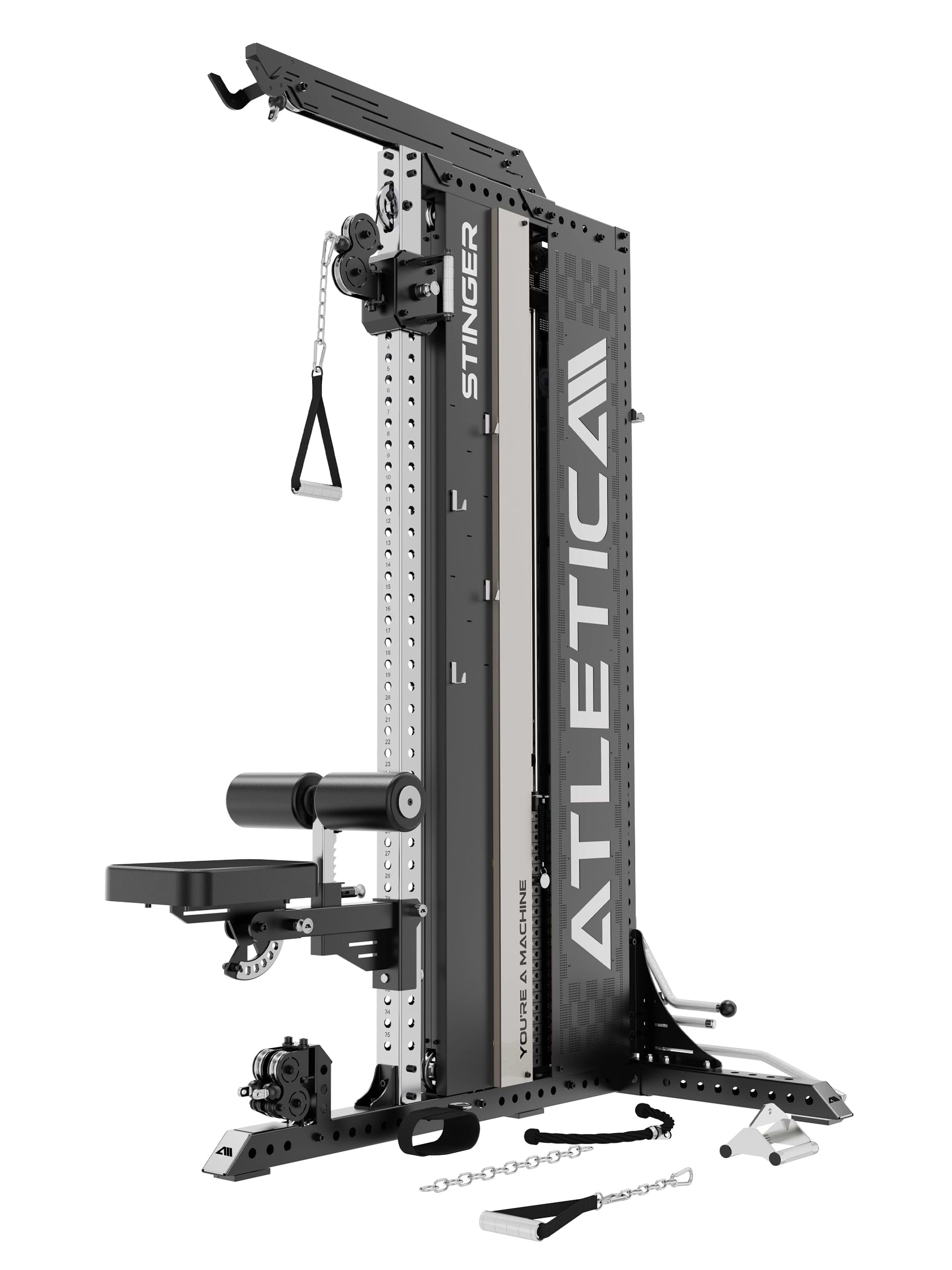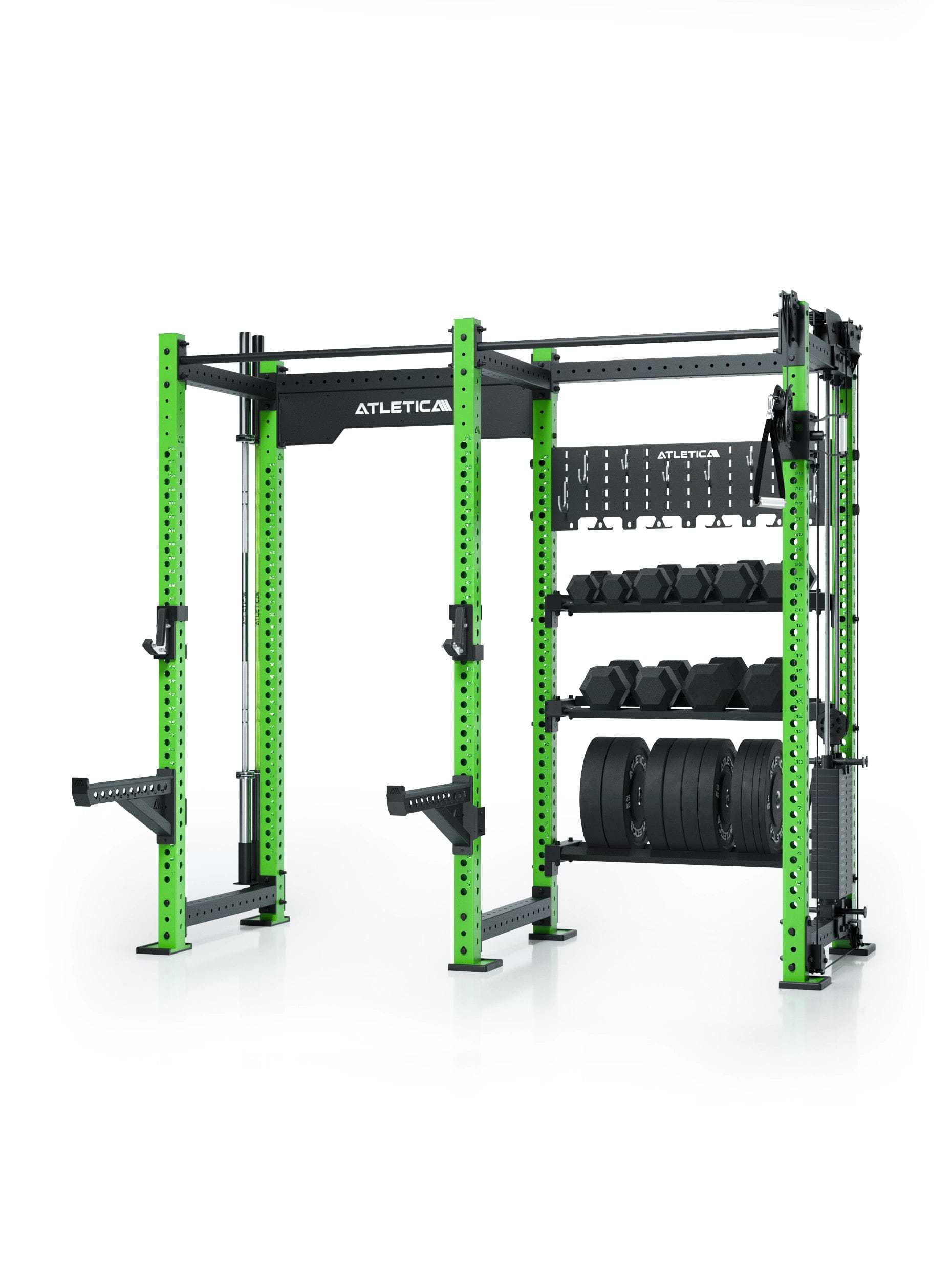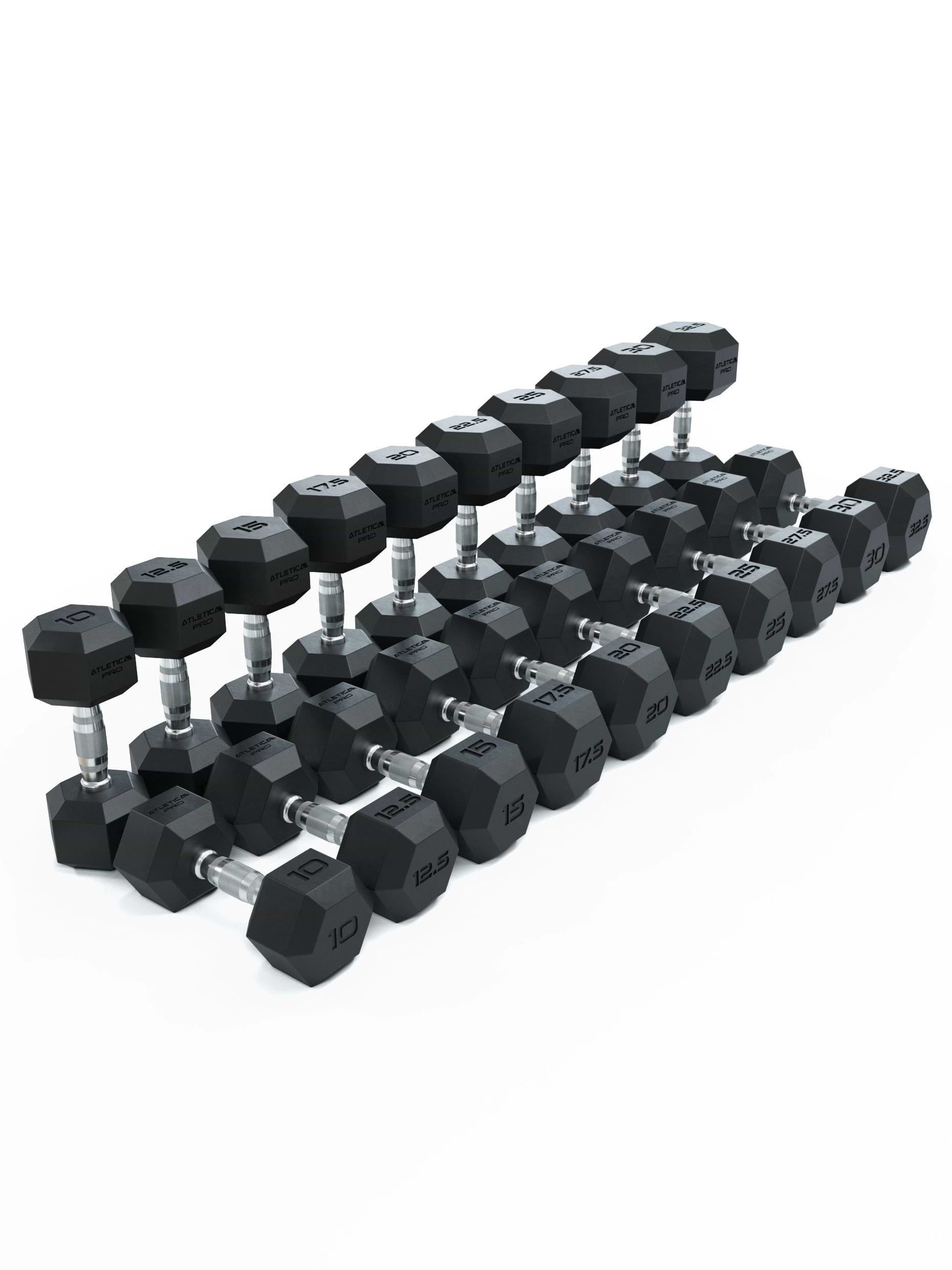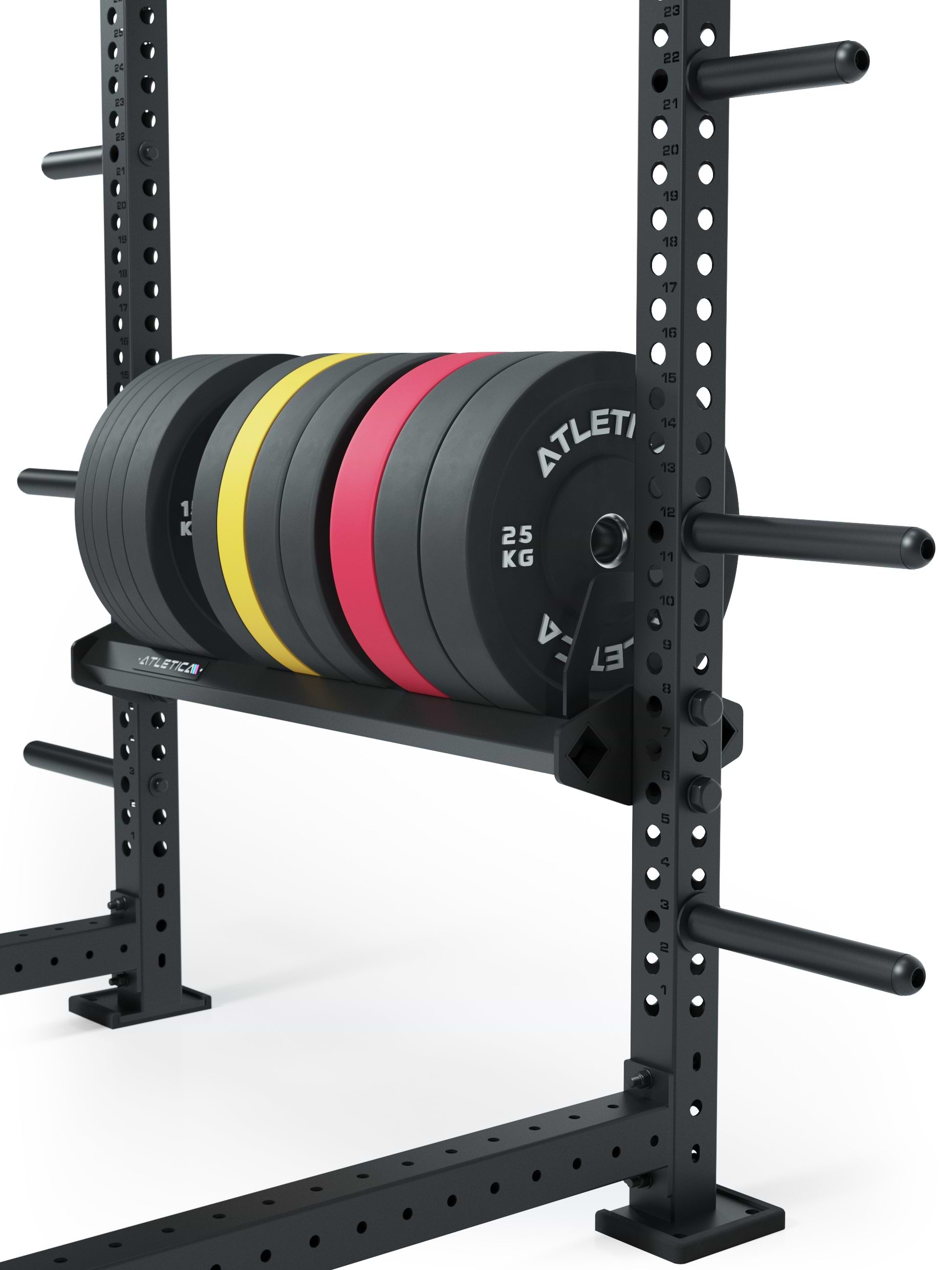This 20-minute workout targets your power center: your abdominal muscles. Not just your abdominal muscles, but all core layers — including the deep, stabilizing muscles.
Using the Pilates ball introduces instability — and that's precisely what makes the workout so intense. Your muscles have to actively counteract every movement. This not only promotes strength, but also coordination and posture.
This workout is ideal for performing at home, in the gym, or even on the go. It's perfect as a standalone core session or as a complement to other workouts.

Advantages at a glance
- Activates deep & superficial abdominal muscles
- Promotes stability & balance
- Gentle on joints and back
- Effective in a short time
- Minimal space requirement
- Versatile in personal training, studio or group context
- Also trains mental focus through conscious movement
Who is the workout suitable for?
- All fitness levels, as exercises are scalable
- People with sedentary work or back pain
- Athletes for core strengthening
- Pilates enthusiasts looking for more intensity
- Studios & Hotels as group course or individual program
- Prevention and rehabilitation patients for gentle core strengthening
The Pilates ball is particularly popular in rehabilitation settings because it targets the deep muscles without overloading the joints. The unstable surface also promotes balance and trains body tension in a particularly effective way.
Equipment:
- 1 Pilates ball ( ø 20–25 cm)
- mat
- Optional: Timer or music
- Water bottle & towel
- Training journal for progress monitoring

Structure: Your 20-Minute Pilates Ball Workout
3 phases
- Warm-up (3 minutes)
- Intensive core training (15 minutes)
- Cooldown (2 minutes)
Phase 1: Warm-up (3 minutes)
- Cat-Cow in quadruped position – mobilization of the spine
- Pelvic rolls with a ball under the sacrum – perception & activation
- Arm circles with ball between the hands – Activation of shoulder belt & stomach
These exercises not only help prepare the body for the following workout, but also increase body awareness – a central element of Pilates training.
Phase 2: Core intensive training (15 minutes)
Perform each exercise for 45 seconds, rest for 15 seconds.
-
1. Crunch with ball between the knees
Strengthens the upper abdomen, squeeze the ball gently. -
2. Toe taps in tabletop with ball under the cymbal
Promotes lower abdominal control. -
3. Side plank with ball under the hip (right & left)
Unstable support – activates the oblique abdominal muscles. -
4. Boat Pose with ball between hands and knees
Full body core with a focus on grip . -
5. Bridge with ball between the knees + arm raise
Stabilization of the torso, additional leg and buttock activation. -
6. Plank with ball under the forearms
Instability challenges the entire core chain. -
7. Roll Down with Ball Between Hands
Slow, controlled movement for the abdomen and spine .
Extra tip for advanced users: Add an additional set of static holding exercises . For example, do 30 seconds of back crunches with a ball under your lumbar spine . Or add 10-15 seconds to each exercise , depending on your level.
Optional: Repeat the entire sequence twice if you're more advanced or want more intensity . You can also consciously alternate between slow and explosive movement phases to optimize muscle recruitment.

Phase 3: Cooldown (2 minutes)
- Child ' s Pose with ball under the belly – Relaxation & breathing
- Seated rotation with ball – spinal mobility & stretching
A relaxed cooldown not only helps your muscles wind down, but also promotes the integration of the movement into your body 's awareness . Take this moment consciously.
Why the Pilates Ball Improves Your Core Training
The Pilates ball is small but effective. Its unstable element engages all of your postural muscles. Unlike the classic floor crunch, the ball forces you to engage your deep stabilizing muscles , making your workout more functional and sustainable.
In addition, the ball is soft and adapts to the body – ideal for people with back problems or after long days at the office.
The exercises can easily be adapted to your fitness level by placing the ball closer or further from your center of gravity, or by omitting it altogether .
Another advantage: The Pilates ball is affordable , easy to transport, and versatile. This allows you to do your core training in any room, while traveling, or even in a hotel room – without sacrificing effectiveness .
Many athletes now combine Pilates elements with functional training plans or cross-training to prevent injuries and create a healthy foundation. Because a strong core is the foundation of every movement — whether running, lifting, sprinting, or swimming.

Conclusion: Smart core power in 20 minutes
This workout proves that you don't need any equipment for an effective abdominal workout — just a Pilates ball and a bit of focus. Ideal for at home, in a hotel, or as a class in a studio.
When practiced regularly, it improves your posture, strength, and body awareness. It reaches its full potential especially when combined with functional workouts or mobility sessions.
The Pilates Ball Workout is also ideal for studio operators or personal trainers as a low-threshold introductory course or as part of a core or prevention series.
Relevant links at ATLETICA:
- Pilates and functional accessories : Discover now
- Fitness solutions for studios & hotels: Learn more
- More workouts & inspiration: To the blog






